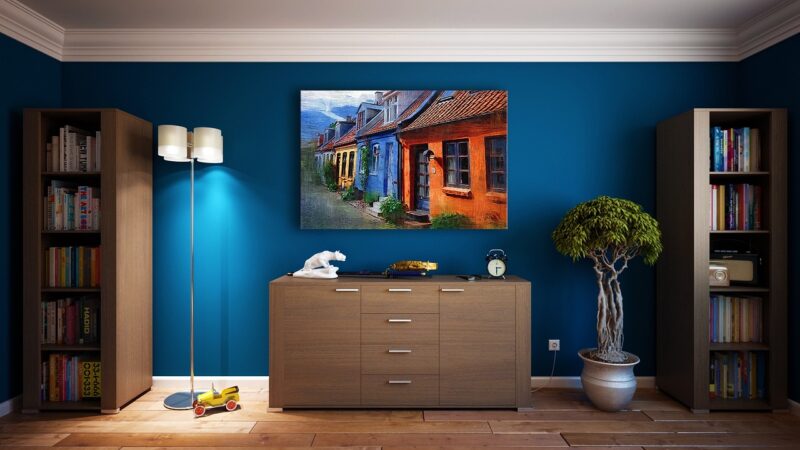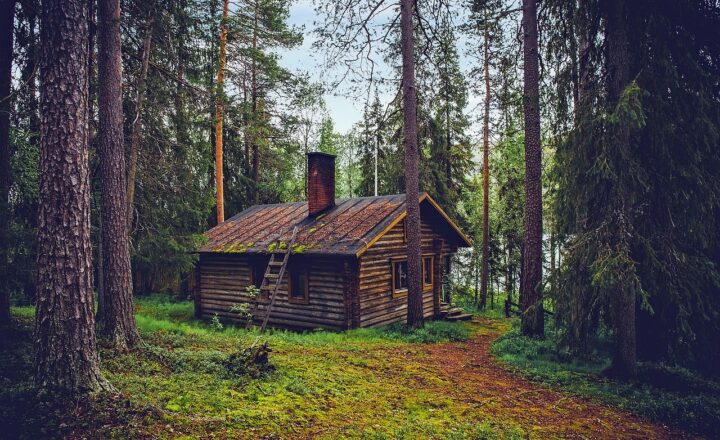How DIY Enthusiasts Are Redefining Interior Design With Unique, Budget-Friendly Projects
November 17, 2024

The world of interior design has undergone a significant transformation in the last decade. Where once professional designers held almost exclusive control over how homes looked, a revolution has been led by DIY enthusiasts—individuals who embrace creativity, resourcefulness, and a commitment to personal expression. These passionate creators are reshaping traditional notions of interior design through innovative and budget-friendly projects.
1. The Rise of DIY Culture in Interior Design
The rise of websites and social media platforms, particularly Pinterest and Instagram, have given momentum to the DIY culture. With more people sharing their DIY projects than ever before, others are inspired to take charge of their living spaces. On platforms like these, users showcase their creations—from repurposed furniture to handcrafted decorations—encouraging followers to tackle their own redesigns.
As a result, DIY culture is now perceived not just as a hobby, but as a legitimate approach to interior design. Homeowners are discovering that with a little effort and creativity, they can create beautiful spaces without breaking the bank.
2. Innovative Techniques for Budget-Friendly Design
There are countless techniques that DIY enthusiasts employ to transform ordinary spaces into extraordinary environments. Here are a few standout methods:
- Repurposing Furniture: Stripping down old furniture and giving it a fresh look with paint or new upholstery is one of the simplest and most effective ways DIYers enhance interior design. Instead of buying brand new furnishings, people are turning to thrift shops and garage sales for pieces that can be transformed with a little time and creativity.
- Wall Treatments: DIYers are taking walls to the next level with paint, wallpaper, and even fabric. Accent walls painted in bold colors or decorated with removable wallpaper can dramatically change the ambiance of a room, all while remaining budget-friendly.
- Creating Artwork: Instead of splurging on expensive art pieces, DIY enthusiasts are crafting their own artwork using simple materials. From canvas paintings to decorative wall hangings made from natural elements, homemade decor options are customizable to personal tastes and style.
These techniques not only save money but allow homeowners to imbue their spaces with distinct personality.
3. Sustainable Practices in DIY Interior Design
As society becomes increasingly aware of the impact of consumerism on the environment, many DIY enthusiasts are implementing sustainable practices in their projects. Repurposing existing items reduces waste and minimizes the need for newly manufactured goods. Some common sustainable approaches include:
- Using Reclaimed Materials: Many DIYers seek out reclaimed wood, metal, and other materials to construct furniture and decor. This not only reduces demand for new resources, but each reclaimed piece comes with its own unique story and character.
- Upcycling Old Items: Creativity is key in DIY projects that transform items destined for the landfill into functional decor. Glass jars can become stylish vases, while an old ladder can be converted into a unique bookshelf—all without the need for new materials.
- Eco-Friendly Paints and Materials: More DIYers are choosing non-toxic, eco-friendly paints and finishes to minimize their environmental footprint while enhancing their interiors. These products improve indoor air quality and make spaces safer for families and pets.
Sustainable practices in DIY interior design reflect a broader movement towards ecological responsibility, making the homes not only more aesthetically pleasing but also more environmentally friendly.
4. Crafting a Personal Narrative Through Design
One of the most profound effects of the DIY movement is the ability for individuals to shape their homes to tell a personal narrative. Each project often reflects elements of the creator’s life experiences, preferences, and values. Personalization in design is essential for transforming a house into a home, and DIY enthusiasts are leading this charge. Here are some ways through which DIYers curate their stories:
- Collecting Meaningful Decor: Many DIY enthusiasts collect decor from travels, family heirlooms, and personal milestones, allowing for a rich tapestry of memories and stories embedded within their homes.
- Incorporating Hobbies and Passions: Whether it’s art, music, gardening, or crafting, incorporating expressions of personal interests into the design showcases individuality and passion. A wall adorned with handmade pottery or a dedicated corner for musical instruments makes a house distinctly personal.
- Celebrating Cultural Heritage: DIY enthusiasts may choose to reflect their cultural backgrounds through their design choices, integrating traditional elements into modern aesthetics. This blend of old and new both honors heritage and celebrates diversity in the home environment.
By making their personal stories visible in their homes, DIY enthusiasts redefine what it means to create a space, transforming interior design into an expression of identity.
5. Community and Shared Knowledge
The rise of DIY culture has fostered a sense of community among enthusiasts, where members share tips, resources, and encouragement. Online forums, local workshops, and social media groups are buzzing with shared experiences.
This communal aspect enriches the DIY movement by:
- Encouraging Collaboration: Many DIY enthusiasts join forces for community-based projects, such as community gardens or public art installations. These endeavors promote creative collaboration and foster stronger neighborhood ties.
- Hosting Classes and Workshops: Local makers often host DIY workshops to share skills and techniques, empowering others to undertake similar transformations in their homes while creating bonding experiences around shared learning.
- Creating Support Networks: Online platforms provide a space for DIYers to ask for feedback, seek advice, and share successes or challenges in their projects. This communal learning environment inspires more individuals to engage in DIY projects with renewed confidence.
Through community engagement, DIY enthusiasts can expand their skill sets and knowledge bases, strengthening the movement and making design even more accessible.
Conclusion: The Future of Interior Design Responding to DIY Innovation
As DIY enthusiasts continue to redefine interior design with innovative and budget-friendly projects, their influence is becoming increasingly impossible to ignore. Professional designers are beginning to recognize the value of these grassroots movements, drawing inspiration from the creative potential that community-driven projects represent. This democratization of design allows for a wealth of unique artistic expression, standing in stark contrast to the uniformity often seen in commercial spaces.
Whether through sustainable practices, personal storytelling, or community collaboration, DIY enthusiasts are not just filling their homes with decor—they’re crafting spaces filled with authenticity and meaning. The changing landscape of interior design is an exciting frontier where creativity knows no bounds.
So whether you’re a seasoned DIYer or contemplating your first project, know that your efforts are part of a larger movement that celebrates creativity and individuality. The next time you embark on a home project, remember: you’re contributing to a revolution.
Join the movement and start your budget-friendly interior design project today!





